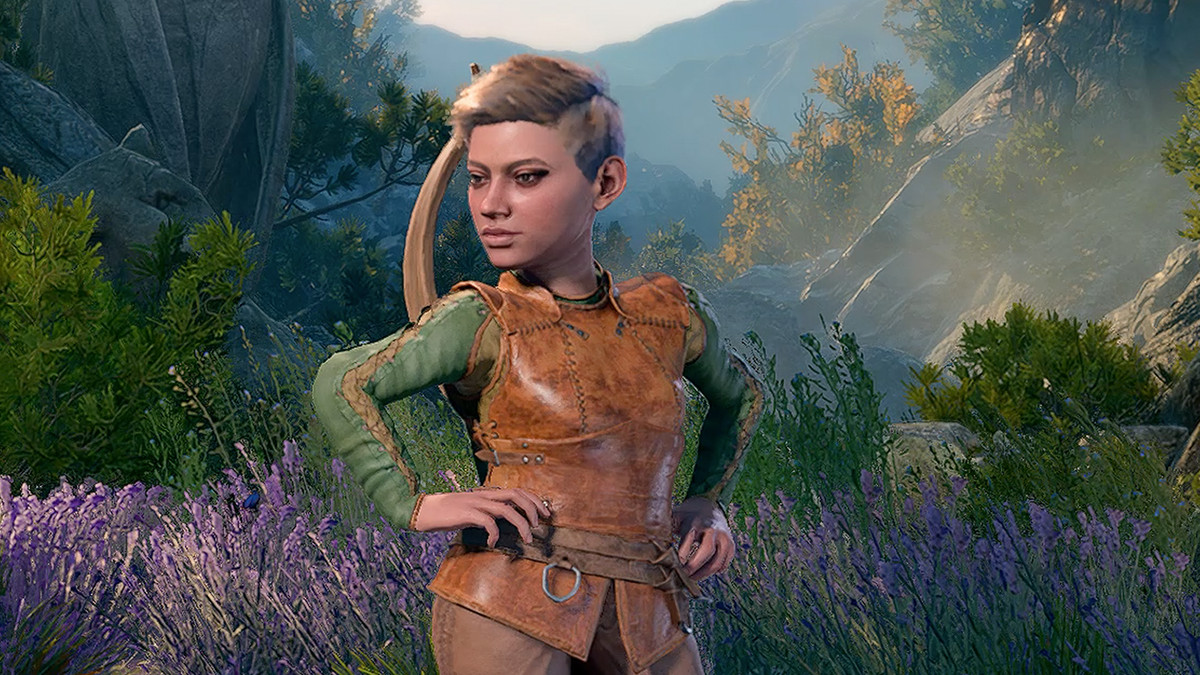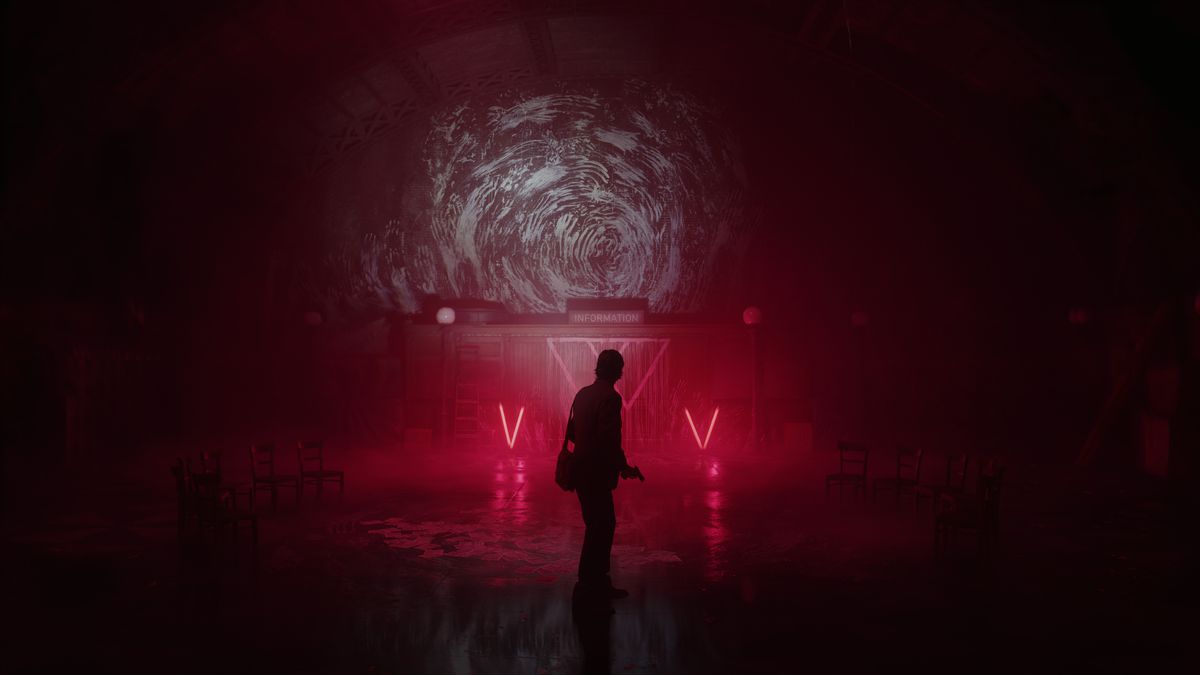The Lord of the Rings: Return to Moria treads a very familiar gameplay loop in a world that isn’t quite fit for purpose. The premise is one that should fill any Lord of the Rings fan with feelings of excitement and wonder: being able to explore Moria to your heart’s content is almost unheard of in video games, with the exception being the Mines of Moria expansion for The Lord of the Rings Online. But Return to Moria is an open-world survival game shoehorned into a linear environment. Its mechanics constantly battle against one another and frustrate more than they entertain.
Taking place after the events of the main trilogy during the Fourth Age of Middle-earth, Lord Gimli — voiced once again by John Rhys-Davies — has summoned all the dwarves to Moria in an attempt to reclaim it from goblins, orcs, cave trolls, and plenty of other foes who have set up shop in the once magnificent kingdom of Khazad-dûm. Return to Moria begins with you stranded over 200 fathoms deep after the floor gives way beneath you, separating you from the mining company.
Your one core objective, above all else, is to find your way back to your fellow dwarves. To do so, you must explore, and ultimately conquer, the entirety of the famous underground labyrinth, which is laden with all manner of enemies. Plenty of the usual survival game tropes are here, from starting with weak tools and weapons and gradually upgrading them as you find rarer materials and build more capable machines, to hunger and weariness meters that limit the amount you’re capable of doing in a set period.
:no_upscale()/cdn.vox-cdn.com/uploads/chorus_asset/file/25056390/return_to_moria_review_header_1.jpg)
This is why it’s all the more baffling that the world you’re able to explore is so restrictive. Take Valheim, for example, the most similar comparison in the genre. Certain biomes in the Viking-themed survival game are tougher, with monsters beyond your level and rarer materials to which you must gradually progress; but you still have the freedom to explore wherever you like and make mistakes. Accidentally stumbling upon a region far beyond your capabilities, then fleeing with your tail between your legs, is part of the fun. It adds intrigue and a desire to become strong enough and discover the secrets that high-level area holds.
Return to Moria is devoid of these moments because, despite the world being procedurally generated, you’re underground. And rather than allowing the player to pick a direction and start digging, the map consists of tiles, with corridors to excavate at very specific locations. You can explore off the beaten track a little and find areas to return to later down the line, but there’s little to properly pique your interest. There are references to the film trilogy throughout that you may encounter — Gandalf has left a plethora of notes warning about what’s coming in the next area, and you can find the room where Frodo was saved by his mithril shirt, for example. But by and large, this is a survival game that has Lord of the Rings-themed set dressing rather than anything meaningful to say about the lore or world it inhabits — moments of ha, that’s neat, before you quickly move on, instead of anything that sticks with you.
This tile-based system is even more frustrating, as it adds suffocating linearity to a genre that thrives on open-endedness. In other survival games, exploration is most rewarding when done gradually around the place you choose to set up shop, which means you’re never straying too far from the safety and comfort of your bed. You can store all your hard-earned minerals, health-replenishing food, and other resources in a chest, expanding in a sort of concentric circle around your base over time.
:no_upscale()/cdn.vox-cdn.com/uploads/chorus_asset/file/25056394/return_to_moria_review_2.jpg)
Return to Moria gives you all the tools for this type of exploration loop, but pushes you in essentially a straight line as you search for a way out to return to the company. This linearity is boring, yes, but it also intrudes on the entire resource-gathering loop. By the time I had reached the titular Mines of Moria, the trip back to my home base to recover the valuable resources I’d left behind had become a lengthy trek, taking up much of the in-game day. It was prolonged thanks to the quantities of patrolling goblins, wolves, and bears loitering in the halls, which would likely be much more manageable playing with friends, but solo they made it more of a challenge than was necessary.
Fast travel would be a simple solution to these frustrations, but unlocking it requires black diamonds, a resource that can only be found during horde attacks — which, when playing solo and not with friends, are immensely tough to survive — or from orc chests, which seem to have a fairly low drop rate. Slaying bosses can also reward you with black diamonds, but these are few and far between. You must then spend these at your bases to either craft a mapstone from scratch, or rebuild a ruined one. But you must do this at each individual base in order to designate them as fast-travel locations, and if you’ve hauled yourself all the way back to your initial hovel, you’d have no reason to go back there once you’ve collected your left-behind belongings. Thus, fast-travel isn’t an option until after it would be most useful.
:no_upscale()/cdn.vox-cdn.com/uploads/chorus_asset/file/25056396/return_to_moria_review_3.jpg)
All of this back-and-forth traveling is made more painful by the lackluster, two-dimensional combat. There are a few different weapon types at your disposal once you’ve made it to Orc Town (the region containing the first boss in the game, after about 8-10 hours), such as a sword, maul, or battle ax, but they offer little aside from strengths against the varying enemy types. Light attack, heavy attack, or block — those are the three options available to you, and the janky enemy AI, which sees them get stuck on terrain or run behind you, makes it all the more infuriating.
Return to Moria isn’t the worst offender in a sea of bad survival games, and there’s certainly enjoyment to be found exploring Khazad-dûm’s depths if you’re with friends — but as a mainly solo dwarf, progress is slow, combat is frustrating, and exploration features far too much backtracking in the linear world you’re in. There’s a certain satisfaction in upgrading my gear and taking out tougher enemies, and ultimately, I still want to get back to Lord Gimli. But the structure of the game is at odds with the mechanics, and the disappointing combat doesn’t help. A few patches could see this become a survival game that can hold its own against the more popular entries in the genre, but as it stands, perhaps the dwarves should’ve let the orcs claim Moria and built their new kingdom somewhere else.
The Lord of the Rings: Return to Moria was released Oct. 24 on PlayStation 5, Windows PC, and Xbox Series X. The game was reviewed on PC using a pre-release download code provided by North Beach Games. Vox Media has affiliate partnerships. These do not influence editorial content, though Vox Media may earn commissions for products purchased via affiliate links. You can find additional information about Polygon’s ethics policy here.



